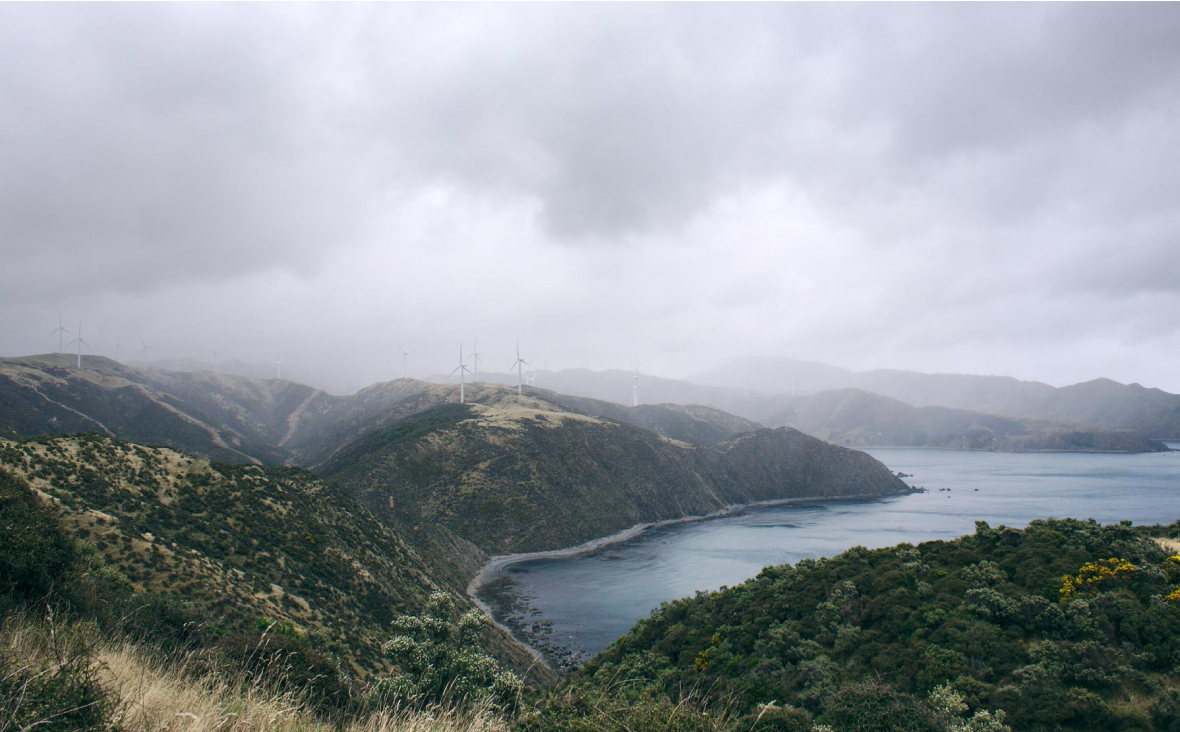Windfarm Development
Case study

Windfarm Development
#Windfarm #Environment
The consenting process for windfarms requires extensive Environmental Impact Assessments.
🡒 An important component of Environmental Impact Assessments is the potential impact of developments on animal populations. This requires the design of monitoring programmes covering the pre-development, development and operational phases. Data collected then requires modelling and simulation work to explore potential impacts and mitigations against these. DMP provide the quantitative support to all these phases, from design, power analysis, Density Surface Modelling (DSMs), Population Viability Analyses (PVAs) and simulation tools (e.g. sCRM).
Permission to build windfarms is contingent on care for the natural environment. A large part of this is ensuring that the local animal populations are not significantly impacted – this requires a lot of population monitoring and modelling. We have provided modelling for most windfarms in the UK.
What we’ve done
We've provided survey designs for aerial surveys to achieve particular monitoring objectives. Boat and plane-based survey data has been modelled to explore changes in animal distributions over different phases of wind-farm construction. Potential impacts have been modelled / simulated through to future population impacts to estimate practical consequences.
Technical aspects
Observation data has to be adjusted for effort to generate local abundance estimates, and where needed, adjusted for imperfect detection (such as boat-based observers) and availability (diving animals) using distance analysis. Modelling consists of density surface models, with inferential adjustments for autocorrelation and bootstrapping. Speculative impacts can be simulated under similar models to explore mitigation or survey power. Estimated redistribution or changes in local abundances may be used in PVAs to determine medium-to-long term effects on populations.
#Windfarm #Environment
The consenting process for windfarms requires extensive Environmental Impact Assessments.
🡒 An important component of Environmental Impact Assessments is the potential impact of developments on animal populations. This requires the design of monitoring programmes covering the pre-development, development and operational phases. Data collected then requires modelling and simulation work to explore potential impacts and mitigations against these. DMP provide the quantitative support to all these phases, from design, power analysis, Density Surface Modelling (DSMs), Population Viability Analyses (PVAs) and simulation tools (e.g. sCRM).
Permission to build windfarms is contingent on care for the natural environment. A large part of this is ensuring that the local animal populations are not significantly impacted – this requires a lot of population monitoring and modelling. We have provided modelling for most windfarms in the UK.
What we’ve done
We've provided survey designs for aerial surveys to achieve particular monitoring objectives. Boat and plane-based survey data has been modelled to explore changes in animal distributions over different phases of wind-farm construction. Potential impacts have been modelled / simulated through to future population impacts to estimate practical consequences.
Technical aspects
Observation data has to be adjusted for effort to generate local abundance estimates, and where needed, adjusted for imperfect detection (such as boat-based observers) and availability (diving animals) using distance analysis. Modelling consists of density surface models, with inferential adjustments for autocorrelation and bootstrapping. Speculative impacts can be simulated under similar models to explore mitigation or survey power. Estimated redistribution or changes in local abundances may be used in PVAs to determine medium-to-long term effects on populations.